We returned from our last visit to France almost a month ago, but it has taken me this long to review some of the photos I took. I have recorded before some of our trips to the Aude region in the extreme south of the country here, here, and here.
I want to reflect back on, and share, three landscapes that are now very familiar to me, but may not be well known by others:
Scene One: The Medieval French Village
Lagrasse is a stunning village built around the famous Abbey which dates from the reign of Charlemagne in the 8th Century (and no, I haven’t forgotten a digit there) and can be seen rising above the trees in the background:
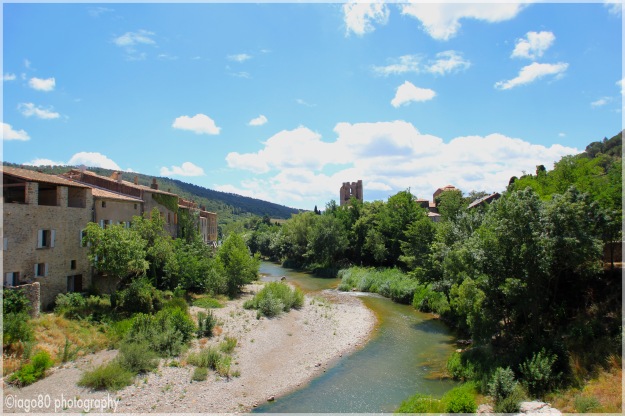
Hirundines whip around the sky above the narrow and ancient streets such as these nesting House Martins:
And in the surrounding gardens a large number of birds can be found such as this Spotted Flycatcher:
[It’s digression time] Despite this not being a great photo, flycatchers are probably one of my favourite types of bird to photograph. Why?… (I hear you wearily but politely ask) Well, because birding and bird photograph is bloody difficult. Birds are generally small, shy (read as ‘far-away’) things that spend their time flying around quickly or hidden in bushes and trees. When walking around with a camera, a birder is often first aware of a nearby bird when it flies off startled by your presence (they invariably see or hear you before you see or hear them). A bird in flight is generally not a bird you are going to be able to photograph and it will not settle down for quite a distance. A flycatcher, however, is different. The birder is alerted to its presence by it flying, but then it settles on a perch. It takes off again – “damn! I missed it!” but never fear, because it is likely to settle back on the same perch it launched off from, as that is how it hunts.[here endith lengthy digression]
Scene Two: The Mediterranean Valley
I have mentioned before that my wife’s family have a home in a valley near Lagrasse. In case you want to consider staying there, have a look at their website, here. Here is a view from the top of the hill next to her home down into the steeper neighbouring valley:
To give a sense of the topography of the area, I used the excellent website topographic-map.com which is powered by Google. Below you can see where my wife’s home is marked by a big red X and where I was standing and pointing to take the photograph above marked by an arrow. You can also see the precise elevation of the hill (I intend to use that website lots):
It was in this valley that I got my photo of a Bee Eater in France. Even though the photo is crap, you get a sense of the amazing colours of this bird – if anyone can think of a more exotic looking bird found in Europe, let me know:
I was also pleased to get my first definitive photo of an Eagle from my wife’s house – reassuring the residents after my previous dismissive comments that soaring raptors were buzzards. I hopefully made up for my previous cynicism by confirming that it was the wonderfully named Short-toed Snake Eagle:
Scene Three: The Pyrenees
My wife’s home is only about an hour’s drive from the Pyrenees, and so my final scene is from the picturesque Gorges de la Frau. Lily can be seen walking up in front of me:
With my new-found favourite map website, you can see where I took the photo (X, as always, marks the spot) and the altitude sign is on top of the mountain – Sarrat de Rouquieres – seen in the photo to the left – higher, we should observe, than any point in Britain:
It was craning my neck back to stare up at the mountain that I saw a corvid with what appeared to be blazing wing-tips. The photo is distant and poor of the wonderful Alpine Chough, but I cannot really explain the reason why the light at this angle makes its all-black wing-tips look like they are on fire. If there is magic anywhere in the world, surely it is with the wildlife that lives high in the mountains:
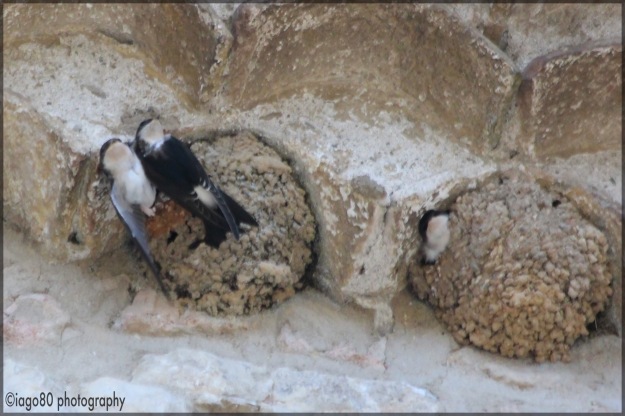
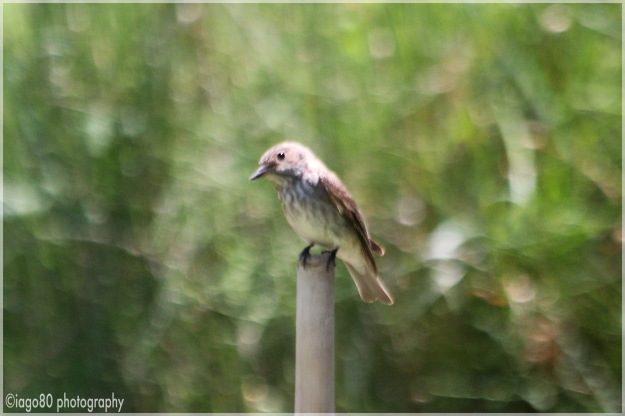
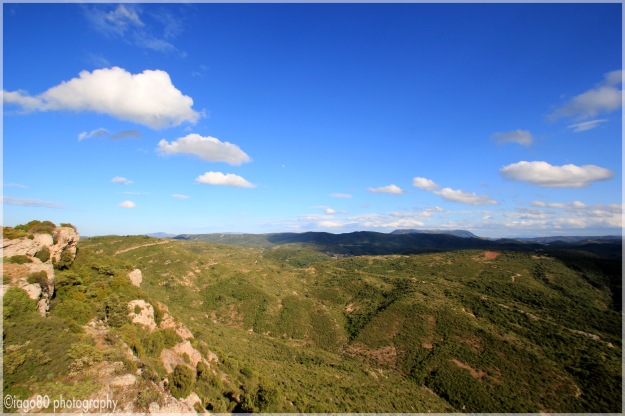
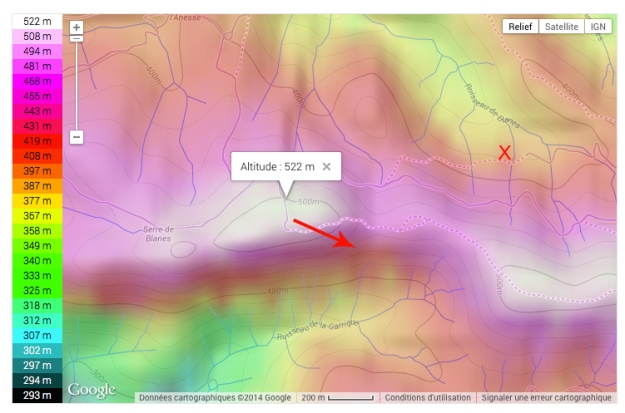
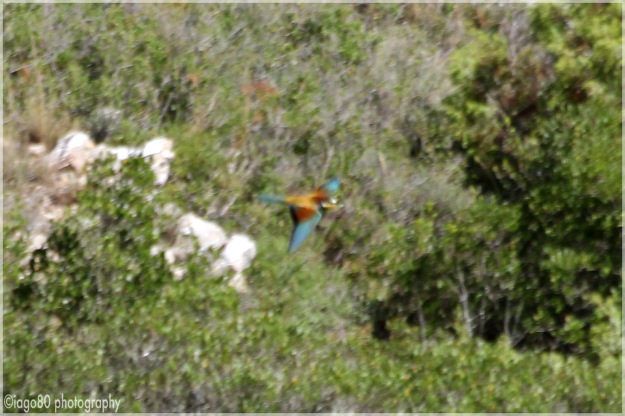
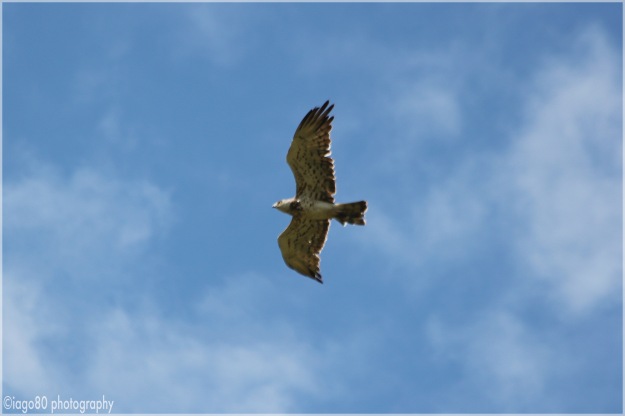
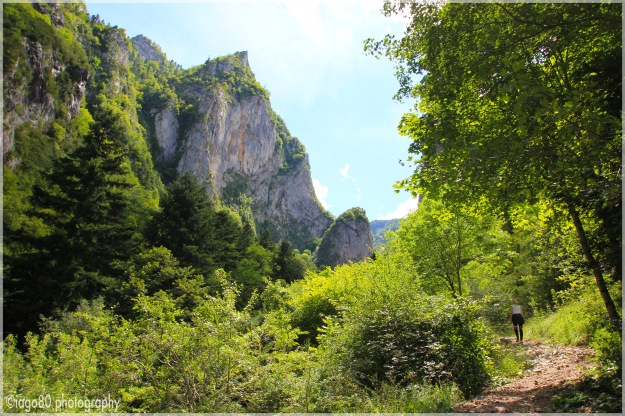
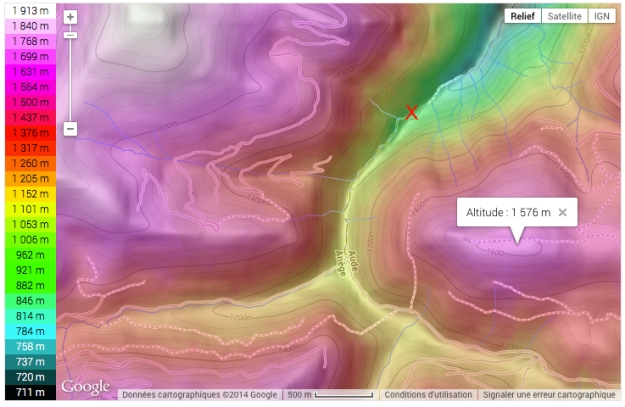
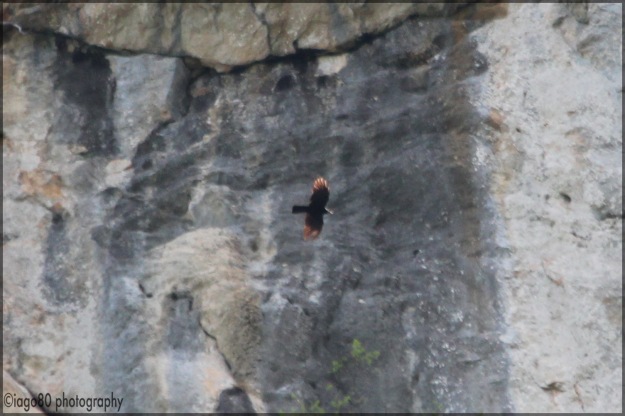
You’re right, photoshooting birds and butterflies is difficult. I can get one out of ? good shots, but I keep trying! I love your photos and your story! Keep it up!
Thanks very much. It is the challenge that makes it so much fun 🙂